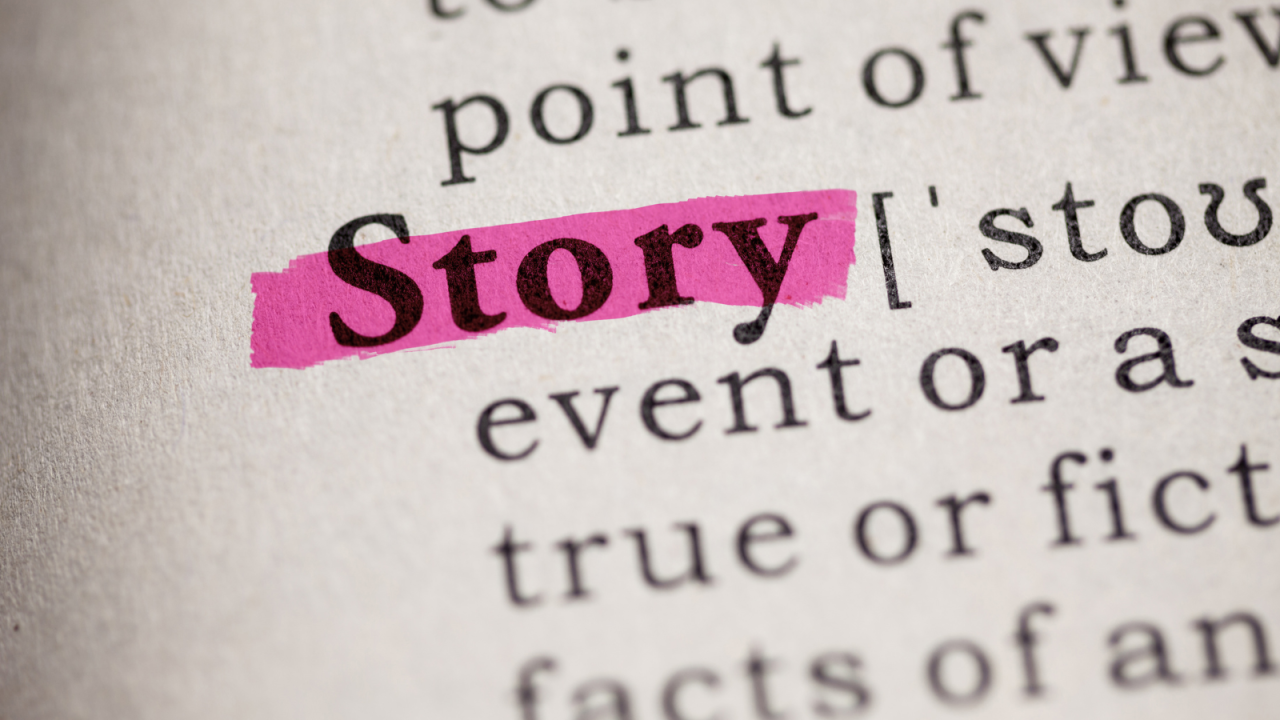Category: Science communication
-
The Two Most Important Steps in Nonfiction Writing (That You’re Not Doing)
Your boss tells you to write an article on X, so you do some research on the topic, draft a tidy outline, write a rough draft, polish it up, and give it a good proofread before handing it in. What… Continue reading
-
Speaking Plain Language: Not Talking Over Heads or Dumbing It Down
This past Christmas, I took a high-velocity wooden block to the shin, because nothing says “Merry Christmas” like extremely competitive yard games. My leg was still bruised and swollen a week later, so eventually I dragged myself to urgent care… Continue reading
-
The Science of Stories (Using Stories for Science Communication)
I ask the question “So what’s the story?” enough at work that it might be my catch phrase. But there’s a reason for this. Stories are powerful. Notice how many TED Talks start with, not statistics or facts, but a… Continue reading
-
Making Statistics Make Sense
“There are three kinds of lies: lies, damned lies, and statistics.” – Unknown (but often misattributed to Mark Twain) Statistics often gets a bad rap for being difficult to understand or even downright manipulative. However, plain language principles can help… Continue reading




